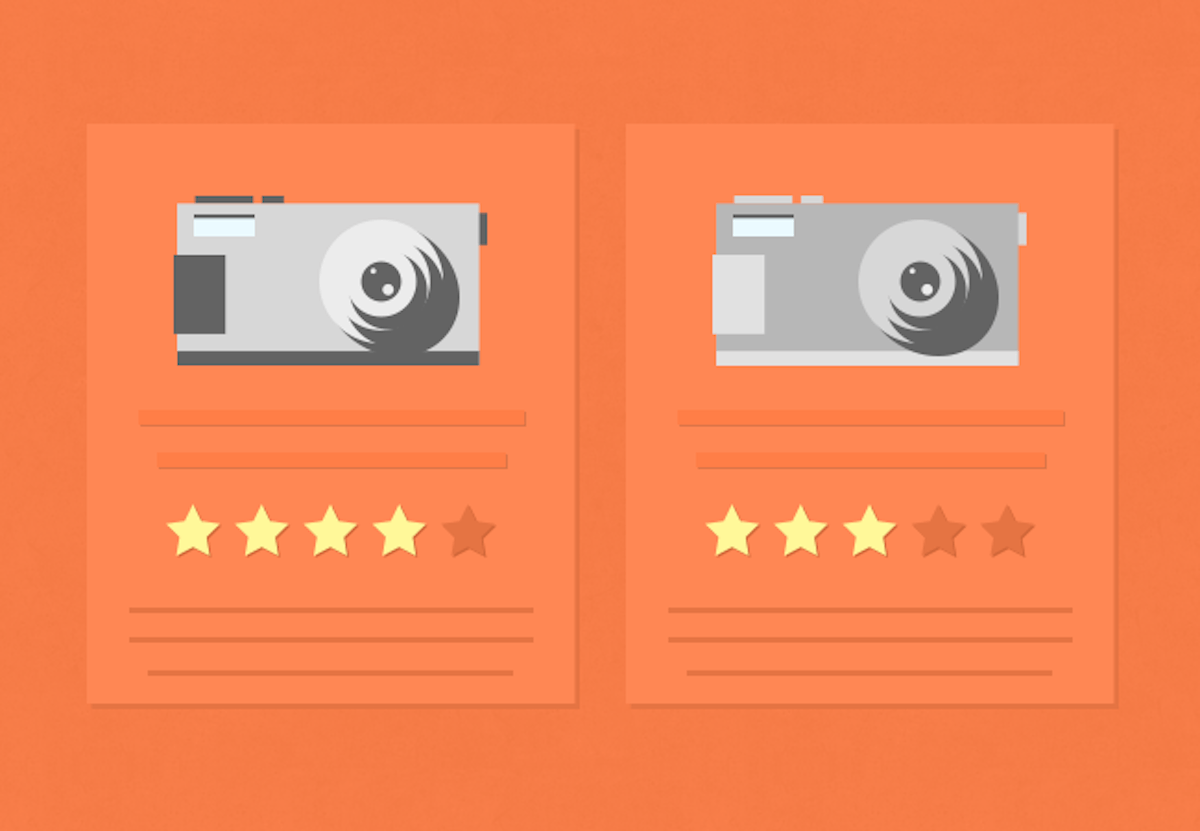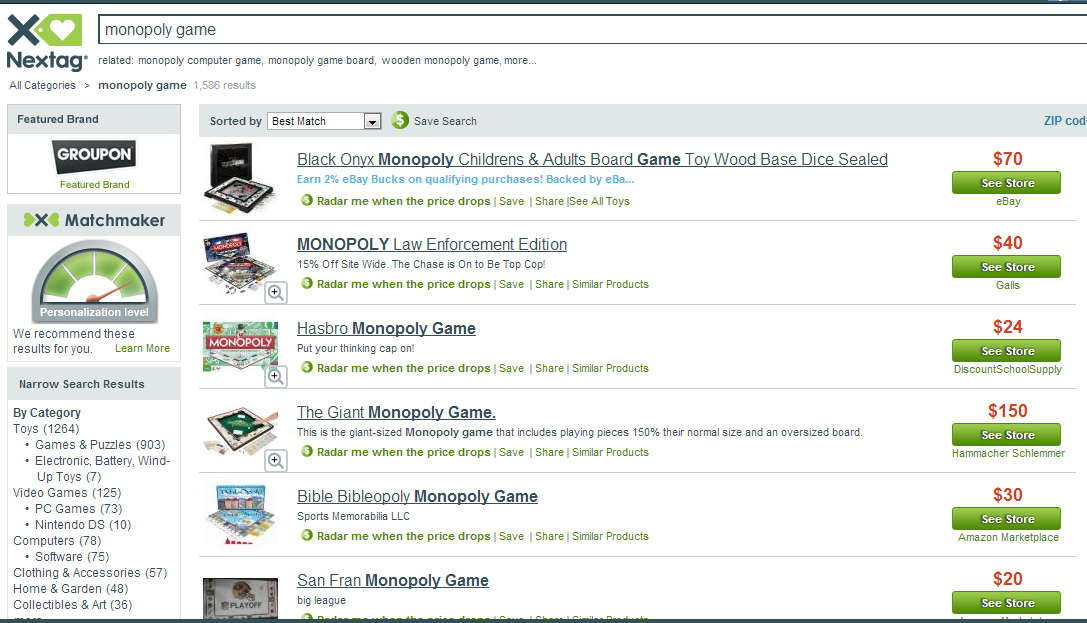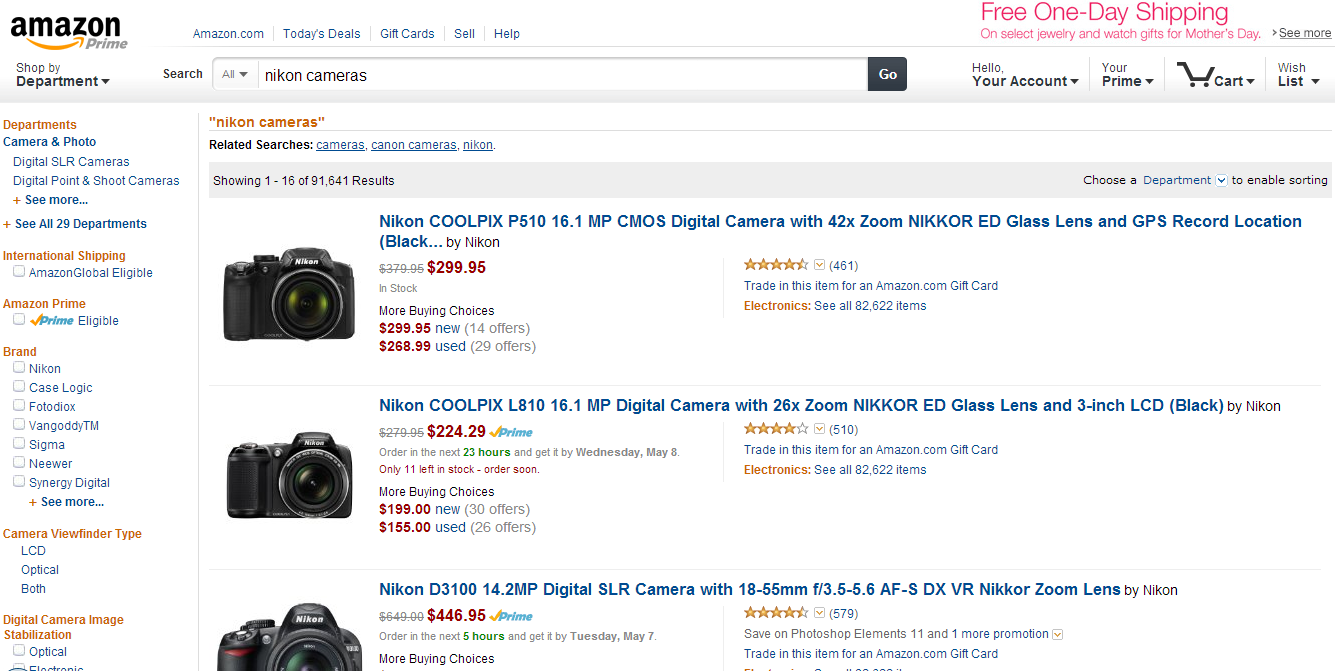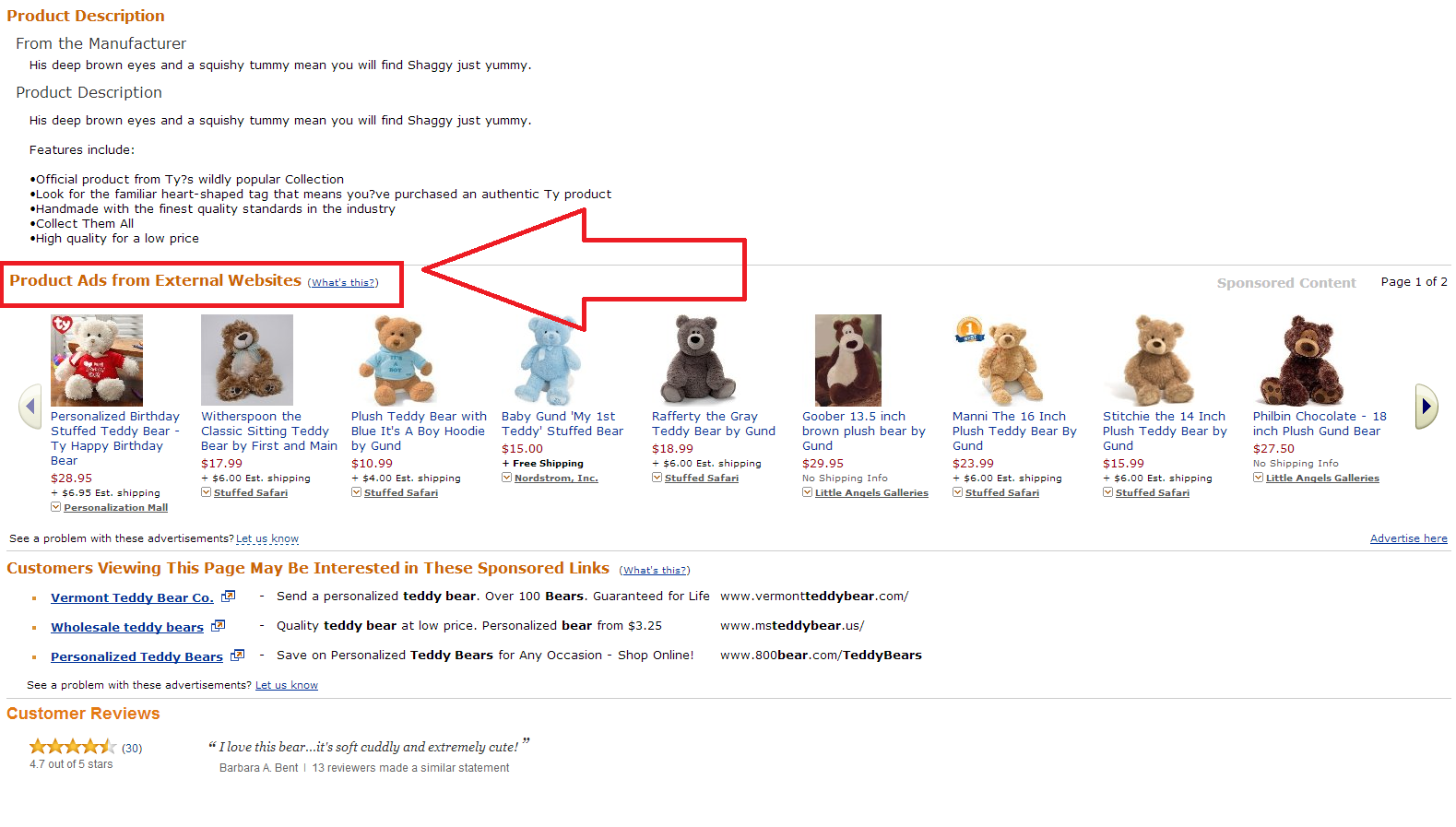
As shopping feed experts, the number one question we hear at GoDataFeed is: “Which shopping engines are best for my products?” With so many Comparison Shopping Engines, or CSEs, and marketplaces to choose from, it’s important to understand how these models differ.
First, let's differentiate between CSEs and marketplaces. CSEs like Google Shopping, Nextag, Shopzilla, and PriceGrabber work on a referral model and charge you once a shopper clicks on your ad, sending them straight to your website for checkout. This is referred to as cost-per-click, or CPC, model.
Marketplaces like Amazon, Rakuten (formerly Buy.com), Sears, Newegg, and eBay will also list your products, but unlike CSEs, the checkout is completed on their website. The marketplace charges a commission based on the product price, so you'll only be charged when the sale is made. This is known as cost-per-acquisition (CPA) model, and it's becoming an increasingly attractive and powerful advertising option.
Advantages of CSEs and marketplaces
There are several advantages to both channels, the main one being the opportunity to reach highly qualified buyers at an affordable rate. Both CSEs and marketplaces let visitors compare products based on price, category, color, shipping options, and more. These channels also deliver more qualified traffic than traditional search engine or organic methods, since their search technology helps quickly identify what shoppers are looking for and deliver it to them faster.
Comparison Shopping Engines
With CSEs, you not only gain more online visibility, you acquire a new customer that you then “own” and can re-market to.

While CSEs are great for increasing product exposure, it’s important to monitor performance, manage bidding on each CSE, and suppress unprofitable products. Since it’s a CPC model, you need to make sure you’re keeping an eye on any products that could potentially drain your marketing budget (i.e. any product that gets 50 clicks and no conversions). Any shopping feed management system you employ should help you identify and suppress underperforming products quickly and easily.
Marketplaces
Marketplaces, on the other hand, combine a lower up-front risk, CPA model with mass-exposure. The result? Your products are displayed to a large audience of ready-to-purchase shoppers that they wouldn't have had access to otherwise. Marketplaces' requirements are usually a lot more stringent than CSEs, and some categories are restricted or require approval. However, the return-on-investment on a marketplace ad can be well worth the effort.
Here’s why marketplaces are great advertising tools for your business:
- Traffic volume: Millions of ready-to-shop visitors are suddenly seeing your products. Amazon, for example, touts hundreds of millions.
- User experience: Users get to benefit from robust mass product search and selection.
- Shopper-trust: Standardized shipping and return policies make the customer feel more secure.
- CPA model: This model is commission-based, which means there are no "upfront" risks.
The important point to remember with marketplaces is that your listings need to be kept fresh to avoid selling any out-of-stock or unavailable products. That is, if you list a product as "in-stock" and a customer purchases it, then you’re responsible for filling that order in the timeframe promised. Also, marketplaces take customer feedback very seriously, so always provide these customers with excellent service and fulfillment. Finally, strive to keep your merchant ratings positive, since consistently low ratings could get you booted from the marketplace.

Amazon Product Ads
Amazon Product Ads, Amazon’s CPC service, lets you advertise your products alongside or below their regular CPA listings (usually under the product description), but then takes shoppers directly to your website. Since your products will only appear within that product’s category, they are highly targeted and effective ads. For example, if you search for "Teddy Bears" on Amazon, the Amazon Product Ad listings will appear below the search results, labeled as "Product Ads from External Websites" as pictured below:

Our Recommendation: Diversify, Advertise on Both
At GoDataFeed, we always recommend diversifying shopping channel advertising to include both CSEs and marketplaces. This achieves two things: you get more product exposure while diversifying your risk, and spend, on different channels.
If you sell more than 50 products, manually creating and sending your feeds to each channel feed template daily can become time-consuming and counter-productive. Consider investing in a datafeed management solution that automates and streamlines the feed optimization and submission process and allows you to continually optimize your feed campaigns.
At the end of the day, CSEs and marketplaces both provide ample opportunities to get your products noticed and flying off the shelves. You'll want to take a close look at your business' needs and available budget before embarking on any new advertising ventures, but both CSEs and marketplaces can spell success, especially when used together. Have any of your own tips? Feel free to leave them in the box below.









